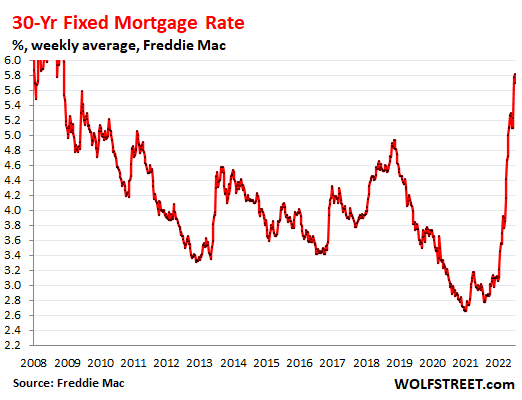Housing prices add to Portland's high ranking on list of least affordable citis

Portland is among the least affordable metros in the country.
That’s according to an analysis of the latest Regional Price Parity Index from the Bureau of Economic Analysis, which measures how much goods, housing and other services across the country cost in specific metro areas compared to the national average. The Business Journal took that data and ranked the largest 100 metro areas by size to find the most and least affordable cities in the country.
Those with a score below 100 in the index are cheaper than the national average while those above 100 are more expensive.
Portland landed in the latter group, ranking the No. 18 least affordable city with an overall index score of 105.372. Housing was a big contributor to Portland’s ranking, with an index score of 127.872.
Portland’s median home sales price, via Redfin, in August was $517,000, compared to the national median of $420,000. Meanwhile, the average rent for a 750-square-foot apartment in Portland is $1,763 per month, according to RentCafe, more than the national average of $1,702 per month.
San Francisco topped the list of the most expensive metro areas, at 119.8, followed by San Diego, Honolulu, New York, Seattle and Los Angeles.
Read more:
Here’s what Oregonians earned in 22 occupations in 2023
Here’s what Portland’s median home price buys around the metro
The most expensive cities were clustered largely in the Northeast and in California.
McAllen, Texas, nestled next to U.S.-Mexico border, was the most affordable metro area in the country, according to the analysis.
The median home there in August was $280,000 and the average rent for a 900-square-foot apartment is $925 per month.
The most affordable metro areas across the country tend to be clustered in the Midwest and the South. Jackson, Mississippi; Chattanooga, Tennessee; Knoxville, Tennessee; Toledo, Ohio; and Memphis, Tennessee, are among the most affordable cities.
Here’s a look at the nation’s most affordable large metro areas, ranked by the latest regional price parity index scores, which show how costs compare in a given metro compared to the national benchmark of 100. Metros with at least 500,000 residents were analyzed for the ranking.
It’s worth noting there was much less variation in the overall cost of goods relative to the national average. Wichita, Kansas, had the lowest score for goods, at just under 94, while its housing cost was at 69.9. Seattle had the highest score for goods, at 114.9.
Andrew Latham, financial planner and director of content at Supermoney.com, said these cities are where a dollar stretches the furthest — and that could make them more attractive.
He said most of the cheapest cities are in the Midwest and the American South. Those regions historically have lower housing costs, which heavily influences overall affordability. That comes with less population density and greater availability of land that ensures more supply, thus keeping prices down.
“As the world of work evolves and the ramifications of the pandemic continue to unfold, these metro areas may increasingly become hotspots for those seeking a balanced, cost-effective living experience,” Latham said.
Historically, those looking for lower-cost options once had to relocate to those areas, and usually receive subsequent lower pay, but remote work has changed the dynamic and given many workers a chance to choose, Latham said.
“Metro areas with a lower RPP index, such as those listed, stand out as attractive options. They offer more bang for the buck without compromising on key amenities and quality of life,” Latham said. “As businesses become more flexible with remote-work policies, employees are more empowered to choose where they live, making these affordable metro areas viable options.”
But, Latham stressed, it’s not affordability alone that determines where people move — or where they might want to move in the future. Other factors in those decisions usually include job opportunities, cultural amenities, the strength of the educational system and even health care availability.
The Covid-19-fueled “Great Migration” may have slowed in recent months, but people are still on the move, according to an analysis conducted by Bank of America, using anonymized customer data. Those who are moving are often choosing the South while avoiding the pricier metros that topped our list.
The Sun Belt cities that saw big inflows are still seeing more people move there, while cities that struggled with migration during the pandemic, such as San Francisco; San Jose, California; New York and Boston, continued to see people leave over the past year.


